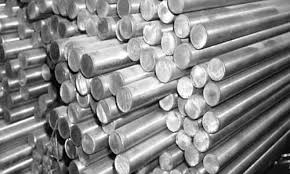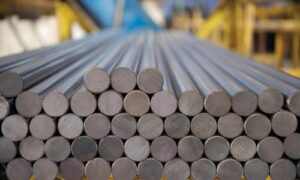Stainless steel is a versatile and widely used material in various industries. Among the numerous stainless steel grades available, 316 stainless steel is one of the most popular choices, especially when it comes to round bars. In this comprehensive guide, we will explore the key properties of 316 stainless steel round bars, shedding light on why they are favored in applications ranging from construction to food processing.
Understanding 316 Stainless Steel
Before delving into its properties, let’s establish what 316 stainless steel is.
What is 316 Stainless Steel?
316 stainless steel, also known as marine-grade stainless steel, is a type of austenitic stainless steel. It is alloyed with chromium, nickel, and molybdenum, making it highly resistant to corrosion and staining. This composition gives 316 stainless steel exceptional properties, making it suitable for various demanding applications.
Key Properties of 316 Stainless Steel Round Bars
Now, let’s explore the essential properties that make 316 stainless steel round bars stand out.
Corrosion Resistance
Unrivaled Corrosion Resistance
One of the primary reasons for the popularity of 316 stainless steel is its exceptional corrosion resistance. It can withstand exposure to various corrosive environments, including marine and chemical settings. This property makes it ideal for applications where rust and corrosion are major concerns.
High Temperature Resistance
Exceptional High-Temperature Performance
316 stainless steel maintains its strength and integrity at high temperatures. This property is crucial for applications in industries like petrochemical, where materials must withstand extreme heat without deforming or losing their mechanical properties.
Strength and Durability
Impressive Strength and Durability
316 stainless steel round bars exhibit high tensile strength and excellent durability. They can handle heavy loads and endure mechanical stresses, making them suitable for structural components in buildings and machinery.
Formability and Weldability
Easy to Form and Weld
316 stainless steel can be easily formed into various shapes, and it offers excellent weldability. This versatility makes it a preferred choice for fabricators who need to create custom components and structures.
Hygiene and Food-Grade Applications
Ideal for Hygienic Environments
In the food and beverage industry, hygiene is paramount. 316 stainless steel is non-reactive and easy to clean, making it an excellent choice for food processing equipment, kitchen surfaces, and sanitary installations.
Biocompatibility
Safe for Medical and Pharmaceutical Uses
Due to its biocompatibility, 316 stainless steel is widely used in medical and pharmaceutical applications. It is often employed for surgical instruments, medical implants, and pharmaceutical equipment.
FAQ: Frequently Asked Questions
Is 316 stainless steel magnetic?
No, 316 stainless steel is generally considered non-magnetic. However, slight magnetic properties may be observed in some circumstances, depending on factors like cold working or impurities in the material.
What is the difference between 304 and 316 stainless steel?
While both 304 and 316 stainless steel are austenitic grades, 316 contains molybdenum, which provides higher corrosion resistance, especially in chloride-rich environments. This makes 316 stainless steel more suitable for marine and chemical applications.
Can 316 stainless steel be used in saltwater environments?
Yes, 316 stainless steel is highly resistant to corrosion in saltwater environments, making it a preferred choice for marine applications such as boat fittings, shipbuilding, and offshore structures.
Does 316 stainless steel require special maintenance?
316 stainless steel is relatively low-maintenance. Regular cleaning and occasional passivation can help maintain its corrosion resistance and appearance. However, its inherent resistance to staining and corrosion simplifies maintenance compared to other materials.
Are there alternative stainless steel grades for specific applications?
Yes, depending on the specific requirements of your application, you may consider other stainless steel grades like 304, 316L, or duplex stainless steels. Consulting with a materials engineer or specialist is advisable to select the most suitable grade.
Conclusion
In conclusion, 316 stainless steel round bars offer a remarkable combination of properties, including corrosion resistance, high-temperature performance, strength, and formability. These properties make them indispensable in a wide range of industries, from construction to healthcare. Understanding the key properties of 316 stainless steel round bars is essential for making informed decisions in material selection for various applications.


